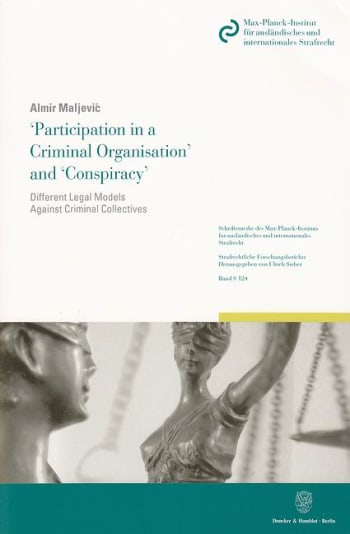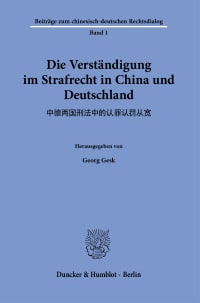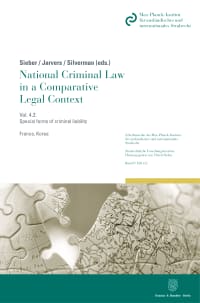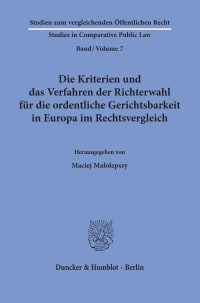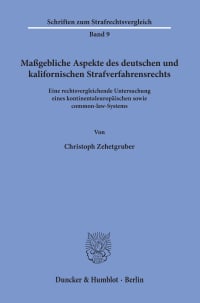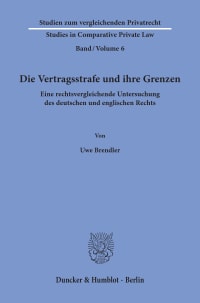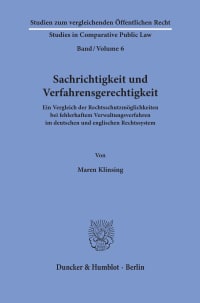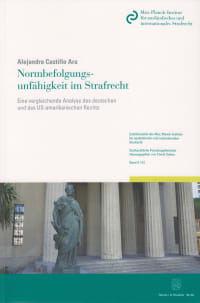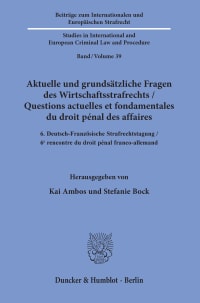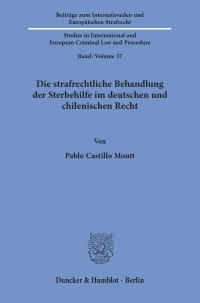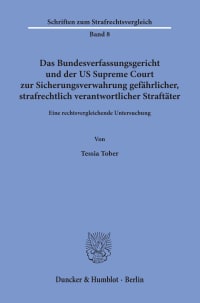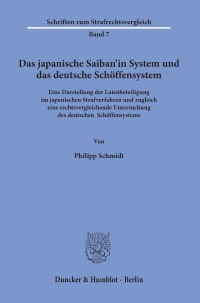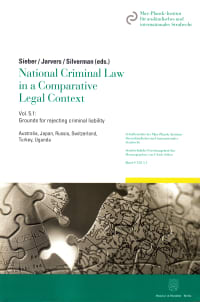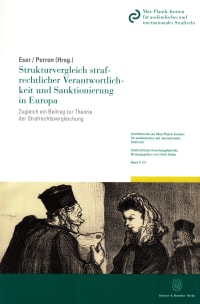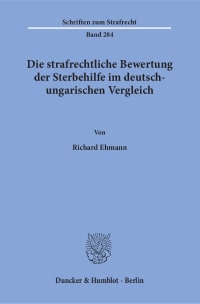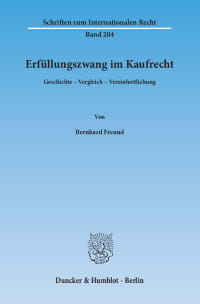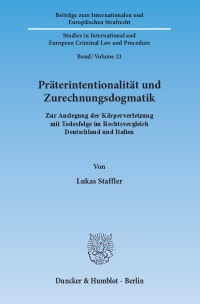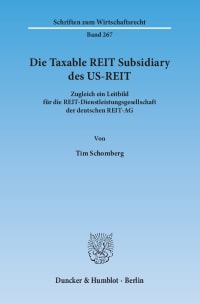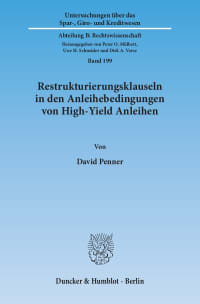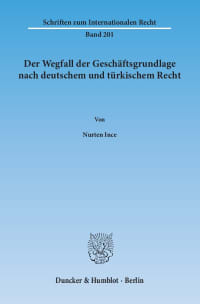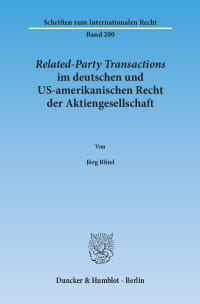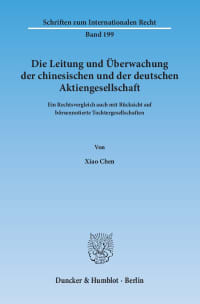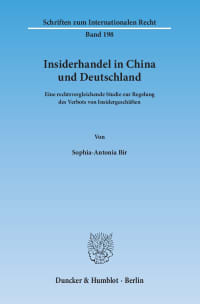Different Legal Models Against Criminal Collectives
Beschreibung
The extension of criminalisation to include the early preparatory stages of the commission of criminal offences represents one of the most debatable issues in modern criminal law. In response to some of the most complex forms of crime usually committed by criminal collectives (such as terrorism, organised crime, or economic crime), different legal systems have developed diverse legal models to address the problem. All in all there are two main models. Countries of the continental criminal law tradition usually rely on the 'participation in a criminal organisation/association' model, whereas countries of the common law tradition utilise the 'conspiracy' model. These models, although having similar functions (to criminalise the early preparatory stages of the commission of criminal offences), are very different in their constitutive elements.
This book, for the very first time, explains the differences between the two types of models and points out the process of transfer of their elements from traditional models (Germany and England and Wales) to the international models (UN and EU), and furthermore to transitional models (Bosnia and Herzegovina, Croatia, and Serbia).
The author is of the opinion that the differences between the two types of models are such that they cannot be seen as viable alternatives in criminal law, as suggested by the international models. He therefore suggests that the fight against criminal collectives requires cumulative criminalisation using both models in order to be effective.
Inhaltsübersicht
Inhaltsübersicht: Part 1 Introduction: I. Criminal Collectives: The rise of a 'new' crime phenomenon in Europe - Criminal collectives and 'organised crime' - a brief historical overview of the concept - Criminal collectives and understanding 'organised crime' today - Trends and sources of danger - The challenges for substantive criminal law - II. Object, Aims, and Methodology of Research: Object of research - participation in a criminal organisation and conspiracy - Aims of research - Methodology - Use of terms - objective and subjective elements - Part 2 Traditional National Models: 'Participation in a Criminal Organisation' and 'Conspiracy': I. Introduction - II. Germany: Founding a criminal association (§ 129 StGB) - Criminal agreement (§ 30 Abs. 2 StGB) - III. England and Wales: Historical development of 'conspiracy' - Justification for the offence of 'conspiracy' - Elements of statutory conspiracy - Merging - Punishment - IV. Comparison of the Traditional Models of 'Participation in a Criminal Organisation' and 'Conspiracy': Introduction - Comparative legal analysis based on the justification and the constitutive elements of the models - Comparative legal analysis based on the possible theoretical outcomes of the models - Conclusions based on a comparative legal analysis of the traditional models - Part 3 International Models: 'Participation in a Criminal Organisation' and 'Conspiracy': I. Introduction - II. The United Nations: General development - Participation in a conspiracy - Participation in an organised criminal group - III. The European Union: General development - Participation in a criminal organisation - Participation in a conspiracy - IV. Conclusions: Transfer of Elements of 'Participation in a Criminal Organisation' and 'Conspiracy' from Traditional to International Models: The roles of Germany and the UK in the drafting of international models of 'participation in a criminal organisation' and 'conspiracy' - Comparison of elements of traditional and international models of 'participation in a criminal organisation' and 'conspiracy' - Part 4 Transitional Models: 'Participation in a Criminal Organisation' and 'Conspiracy': I. Introduction - II. Bosnia and Herzegovina: Organised crime (§ 250 CCBiH) - Conspiracy to commit a crime (§ 247 CCBiH) - III. Croatia: Associating for the purpose of committing a criminal offence (§ 333 CCC) - Conspiracy to commit a criminal offence (§ 332 CCC) - IV. Serbia: Criminal associating (§ 346 CCS) - Conspiracy to commit a crime (§ 345 CCS) - V. Conclusion - Transfer of the Elements of the Participation in a Criminal Organisation and Conspiracy from the International (UN) Model to the Transitional Models: Bosnia and Herzegovina - Croatia - Serbia - Part 5 Conclusions: I. The Traditional Models: How different are the models? - Is punishment for participation in a criminal organisation and conspiracy equally legitimate? - Does either of the models address the problem entirely? - Which model is better? - II. The International Models: The transfer of elements from traditional models? - International models' potential for harmonisation of criminal law? - III. The Transitional Models: Transference of elements from international models? - Was the transfer of elements conducted successfully? - IV. A Common Approach? - Zusammenfassung: I. Die traditionellen Modelle: Wie verschieden sind die Modelle? - Ist der präventive Zweck beider Modelle gleichermaßen zu rechtfertigen? - Kann eines der beiden Modelle die Problematik umfassend lösen? - Welches Modell ist besser? - II. Die internationalen Modelle: Übertragung der Merkmale der traditionellen Modelle? - Das Potential der internationalen Modelle für die Harmonisierung des Strafrechts - III. Die Übergangsmodelle: Übertragung von Merkmalen der internationalen Modelle? - Ist die Übertragung erfolgreich vorgenommen worden? - IV. Ein gemeinsamer Ansatz? - Bibliography - Jurisprudence
Bücher aus denselben Fachgebieten
Kontakt
-
+49 30 / 79 00 06 - 0
-
Bestellinformation
-
Versandkostenfrei innerhalb Deutschlands.
-
Für Kunden aus EU-Ländern verstehen sich unsere Preise inklusive der gesetzlichen Mehrwertsteuer und – außer bei digitalen Publikationen – zuzüglich Versandkosten. Für Kunden aus Nicht-EU-Ländern verstehen sich unsere Preise als mehrwertsteuerfrei und – außer bei digitalen Publikationen – zuzüglich Versandkosten.
-
-
Newsletter
